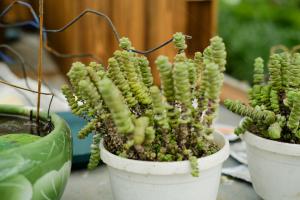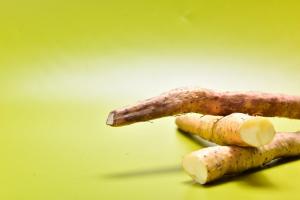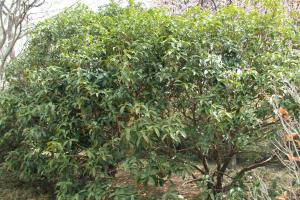Where to Plant Bilva Tree at Home
Chances are you have heard of the Bilva tree, a tree that is sacred in Hindu mythology and is believed to possess several health benefits. The Bilva tree is aromatic and produces orange fruit that can be eaten or used to make jams and beverages. If you are thinking of planting a Bilva tree in your home garden, here are a few things to consider.
Climate and Soil Type
The Bilva tree is native to India and thrives in tropical and subtropical climates. It needs plenty of sunshine, and temperatures should not dip below 15°C. If you live in a place that does not experience such temperatures, it may be almost impossible to grow the tree. For instance, planting this tree in temperatures of below 10°C might lead to leaf spotting, and the tree might not grow. So, be sure to check your climate zone before planting.
The soil in which you plant the Bilva tree should be well-drained and slightly acidic. The tree can also grow well in sandy soils but may not flourish in heavy clay soils. Experts recommend using sand and compost to enrich the soil to provide the tree with nutrients it requires to thrive.
Watering and Pruning
The Bilva tree requires regular watering, especially during its initial growth phase. It needs about two inches of water every week. It would be best if you watered the plant more often in hot weather as the soil dries up quickly in such conditions. However, be sure not to overwater the tree as this can lead to root rot and other fungal diseases. Pruning the tree can also help increase its longevity and overall health. Removing dead, diseased, and damaged branches is essential, allowing for new growth and development of the tree.
Location and Sun Exposure
The location you choose to plant the Bilva tree is equally essential to how fast it grows and yields fruit. The ideal spot should have good air circulation, plenty of space, and good sun exposure. The tree should get at least six hours of direct sunlight every day to grow and bear fruit optimally. Planting it in the shade may lead to stunted growth and poor fruit yield. Therefore, consider an open space and direct exposure to the sun when planting the tree.
The Bottom Line
The Bilva tree is a beautiful plant that can provide a tropical touch to your garden while offering several health benefits. With proper care and ideal conditions, you can grow a healthy, vibrant tree that bears plenty of fruits. Consider your climate zone, soil type, water, and sun exposure before planting to ensure the tree's optimal growth and development. By following these steps, you can expect to enjoy the Bilva tree's benefits for many years to come.

 how many times do yo...
how many times do yo... how many planted tre...
how many planted tre... how many pine trees ...
how many pine trees ... how many pecan trees...
how many pecan trees... how many plants comp...
how many plants comp... how many plants can ...
how many plants can ... how many plants and ...
how many plants and ... how many pepper plan...
how many pepper plan...































